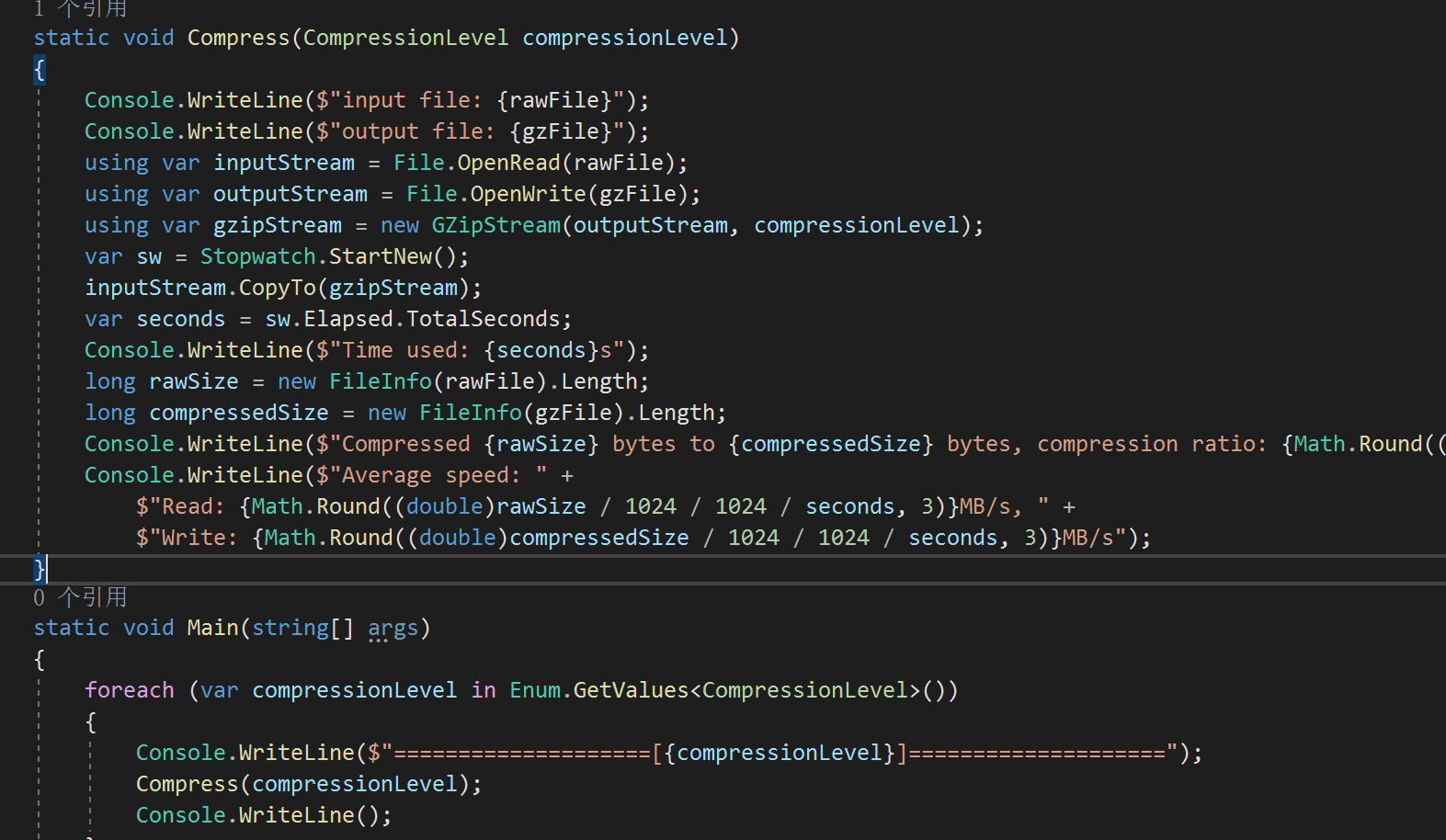起因是写了这样一段代码
if (e.Action == System.Collections.Specialized.NotifyCollectionChangedAction.Add)
{
string ipString = string.Join(",", e.NewItems.Cast<IWebSocketConnection>().Select(x => x.ConnectionInfo.ClientIpAddress));
WeakReferenceMessenger.Default.Send<DisplayAlertMessage>(new("有新用户连接", ipString));
}
else if (e.Action == System.Collections.Specialized.NotifyCollectionChangedAction.Remove)
{
string ipString = string.Join(",", e.OldItems.Cast<IWebSocketConnection>().Select(x => x.ConnectionInfo.ClientIpAddress));
WeakReferenceMessenger.Default.Send<DisplayAlertMessage>(new("有用户断开连接", ipString));
}
else
{
throw new InvalidOperationException("不支持此类操作");
}
|
这里显然是可以复用一下的 而我又正好想到了 C# 的新特性 模式匹配
于是有了下面这段 @#%&%&#@%&
WeakReferenceMessenger.Default.Send<DisplayAlertMessage>(((Func<(string, System.Collections.IList), (string, string)>)(t => (t.Item1, string.Join(",", t.Item2.Cast<IWebSocketConnection>().Select(x => x.ConnectionInfo.ClientIpAddress)))))(e.Action switch
{
System.Collections.Specialized.NotifyCollectionChangedAction.Add => ("有新用户连接", e.NewItems),
System.Collections.Specialized.NotifyCollectionChangedAction.Remove => ("有用户断开连接", e.OldItems),
_ => throw new InvalidOperationException("不支持此类操作")
}).ToDisplayAlertMessage());
internal static class ValueTupleExtensions
{
public static DisplayAlertMessage ToDisplayAlertMessage(this ValueTuple<string, string> tuple)
{
return new DisplayAlertMessage(tuple.Item1, tuple.Item2);
}
}
|


